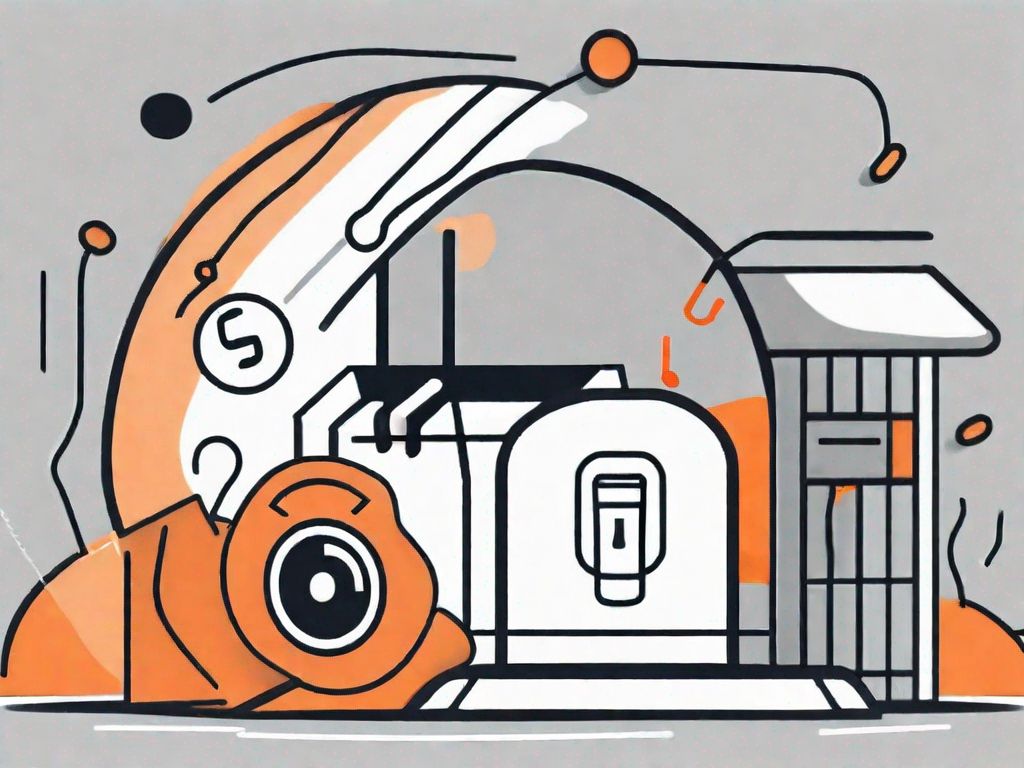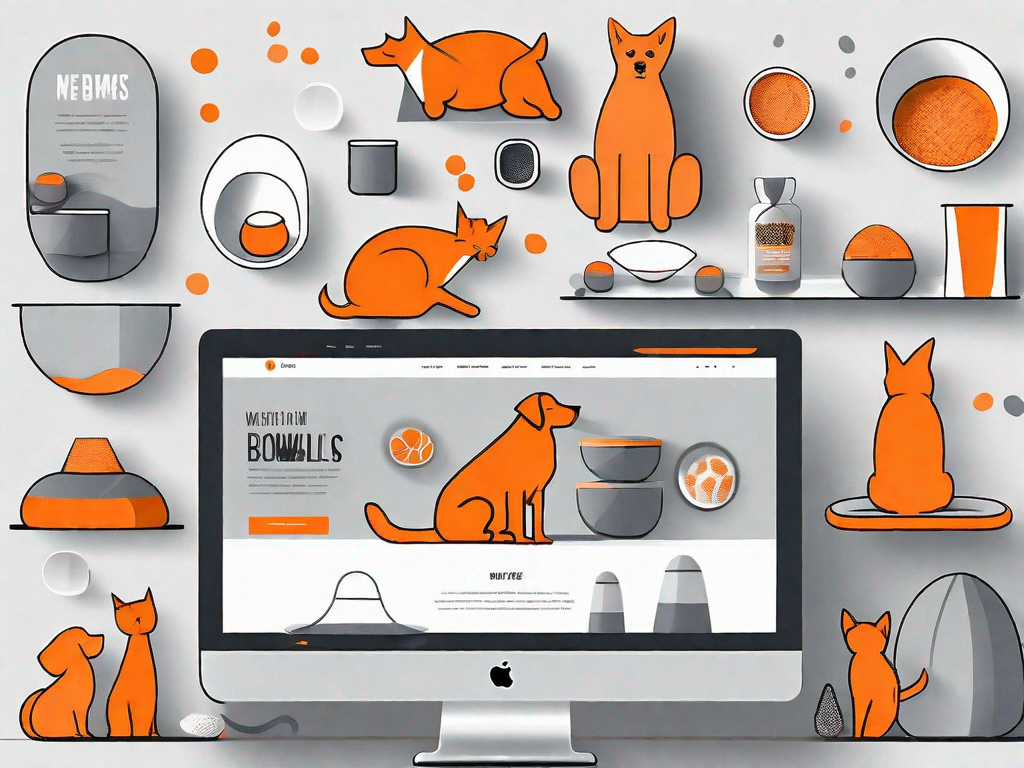.svg)
How to add a custom post Google Play Music tags to WordPress
.svg)

Google Play Music tags can be a valuable addition to your WordPress site, allowing you to enhance the user experience and optimize your content for search engines. In this article, we will guide you through the process of adding custom post Google Play Music tags to WordPress, step by step.
Understanding Google Play Music Tags
Before we delve into the technicalities of adding custom post Google Play Music tags to WordPress, let's first understand what these tags are and why they are important.
Google Play Music tags are metadata that provide additional information about the audio files uploaded to your WordPress site. These tags play a crucial role in helping search engines categorize and index your content accurately.
By adding relevant tags, you can improve the discoverability of your audio content, making it easier for users to find your posts in search engine results.
But what exactly do these tags entail? Let's explore further.
The Importance of Google Play Music Tags
Google Play Music tags are not just random keywords you throw in; they are carefully selected descriptors that give search engines a better understanding of your audio content. These tags provide valuable context, allowing search engines to categorize and rank your content appropriately.
For example, if you have a podcast episode about "Healthy Cooking Tips," adding relevant tags such as "nutrition," "recipes," and "healthy lifestyle" can help search engines identify the topic and connect it with users searching for similar content.
Without these tags, your audio files may get lost in the vast sea of online content, making it difficult for your target audience to discover and enjoy your work.
How Google Play Music Tags Work
The functionality of Google Play Music tags is based on structured data, specifically the AudioObject schema. This schema provides a standardized format for representing audio files and their associated metadata.
When you add tags to your audio files, you are essentially providing search engines with a roadmap to understand and navigate your content. These tags act as signposts, guiding search engine algorithms to the most relevant information within your audio files.
Google's search algorithms can read and interpret this structured data, using it to understand the context and content of your audio files. By utilizing these tags, you provide search engines with valuable information about your audio content.
Think of it as a librarian organizing a vast library. Without proper tags, it would be challenging for the librarian (search engine) to categorize and locate specific books (your audio files) efficiently. By adding tags, you make it easier for the librarian to find and recommend your books to interested readers (users).
So, how do you choose the right tags for your audio files? Let's find out.
Preparing Your WordPress Site for Custom Posts
Before you can start adding Google Play Music tags to your WordPress posts, it is important to ensure that your site is ready to handle custom post types effectively.
Custom post types are a powerful feature in WordPress that allow you to create and manage specialized content beyond the default posts and pages. They provide a way to organize and display different types of content on your website, such as portfolio items, testimonials, or events.
Adding custom post types to your WordPress site can be done in a few different ways. One option is to use plugins specifically designed for this purpose, such as "Custom Post Type UI" or "Toolset Types". These plugins provide user-friendly interfaces that make it easy to create and manage custom post types without having to write any code.
If you prefer a more hands-on approach, you can also create custom post types by writing your own code. WordPress provides a powerful API that allows developers to extend the functionality of the platform. By using the appropriate hooks and functions, you can define your own custom post types and customize their behavior to suit your needs.
Once you have chosen a method for adding custom post types to your WordPress site, you can then proceed to add Google Play Music tags to your posts. These tags will allow you to categorize and organize your content in a way that is meaningful and relevant to your website visitors.
The Basics of WordPress Custom Posts
Custom post types are a fundamental concept in WordPress that enable you to go beyond the standard posts and pages. They provide a way to structure and display different types of content on your site, giving you more flexibility and control over how your information is presented.
When you create a custom post type, you are essentially defining a new content type that is separate from the default posts and pages. This allows you to create unique templates and layouts for each custom post type, giving you the ability to showcase your content in a way that is tailored to its specific purpose.
For example, if you have a photography website, you might create a custom post type called "Gallery" to showcase your best photos. This custom post type could have its own set of fields and taxonomies, allowing you to add additional information such as the location, date, and photographer for each photo.
By using custom post types, you can organize your content more effectively and make it easier for your visitors to find what they are looking for. You can also take advantage of the built-in features of WordPress, such as categories and tags, to further categorize and filter your content.
Necessary Tools for Adding Custom Posts
When it comes to adding custom post types to your WordPress site, there are several tools available that can help simplify the process and make it more efficient.
One popular option is to use a plugin such as "Custom Post Type UI" or "Toolset Types". These plugins provide a user-friendly interface that allows you to create and manage custom post types without having to write any code. They offer a range of features, such as the ability to define custom fields, taxonomies, and templates for your custom post types.
If you prefer a more hands-on approach, you can also create custom post types by writing your own code. WordPress provides a powerful API that allows developers to extend the functionality of the platform. By using the appropriate hooks and functions, you can define your own custom post types and customize their behavior to suit your needs.
Regardless of the method you choose, adding custom post types to your WordPress site can greatly enhance its functionality and allow you to create more diverse and engaging content. Whether you are a blogger, a business owner, or a creative professional, custom post types provide a valuable tool for organizing and presenting your content in a way that is unique and compelling.
Step-by-Step Guide to Adding Google Play Music Tags
Now that you have prepared your WordPress site for custom posts, let's dive into the step-by-step process of adding Google Play Music tags.
Identifying Your Google Play Music Tags
Before adding the tags to your WordPress post, it is essential to identify the specific tags you want to include. Take some time to research the relevant tags for your audio content.
Adding the Tags to Your WordPress Post
Once you have identified the Google Play Music tags you want to use, follow these steps to add them to your WordPress post:
- Open the WordPress post editor for the desired post.
- Locate the custom post type section and enter the necessary information.
- Add the Google Play Music tags in the appropriate fields within the custom post type section.
- Save the changes and publish your post.
Troubleshooting Common Issues
While adding Google Play Music tags, you may encounter some common issues. Here are a few troubleshooting tips to help you resolve them.
Resolving Tag Recognition Problems
If your Google Play Music tags are not being recognized by search engines or other platforms, ensure that you have correctly implemented the AudioObject schema and that the tags are properly defined within your custom post types.
In some cases, you may need to manually validate the structured data using the Google Structured Data Testing Tool to identify any errors.
Fixing Display Issues on WordPress
If the tags are not displaying correctly on your WordPress site, check your theme's compatibility with custom post types. Some themes may require additional adjustments or customizations to properly display the Google Play Music tags.
Optimising Your Custom Posts for SEO
Once you have successfully added the Google Play Music tags to your WordPress posts, it is important to optimize them further for search engine optimization (SEO).
The Role of Google Play Music Tags in SEO
Google Play Music tags can significantly improve the SEO of your audio content. Including relevant tags can help search engines understand the context and relevance of your audio files, potentially increasing their visibility in search results.
Best Practices for SEO with Custom Posts
Here are some best practices to enhance the SEO of your custom posts:
- Use descriptive and accurate tags that accurately represent the content of your audio files.
- Include targeted keywords in the tags to improve the relevance of your posts.
- Ensure your custom posts are accompanied by high-quality and engaging content.
- Promote your custom posts on social media and other relevant platforms to increase their visibility and reach.
By implementing these SEO best practices, you can maximize the impact of your Google Play Music tags and potentially attract a wider audience to your audio content.
In conclusion, adding custom post Google Play Music tags to WordPress can greatly enhance the discoverability and SEO of your audio content. By following the step-by-step guide outlined in this article, you can ensure that your content is properly categorized and indexed by search engines. Take advantage of this powerful tool to optimize your WordPress site and provide a seamless user experience for your visitors.
Related Posts
Let's
Let’s discuss how we can bring reinvigorated value and purpose to your brand.







.svg)